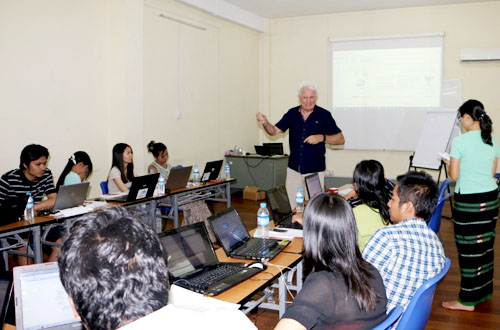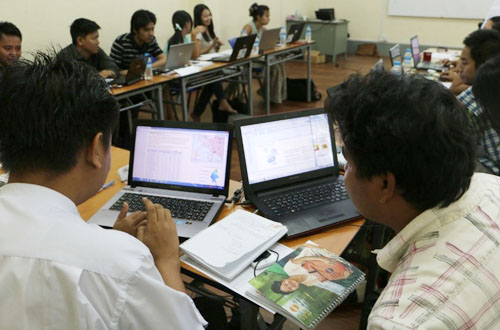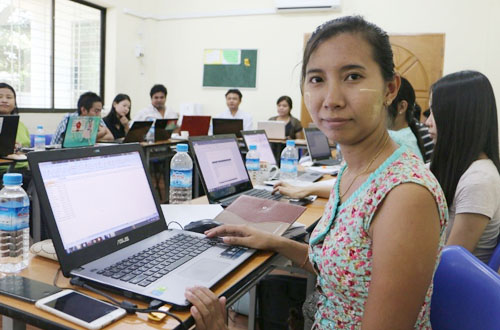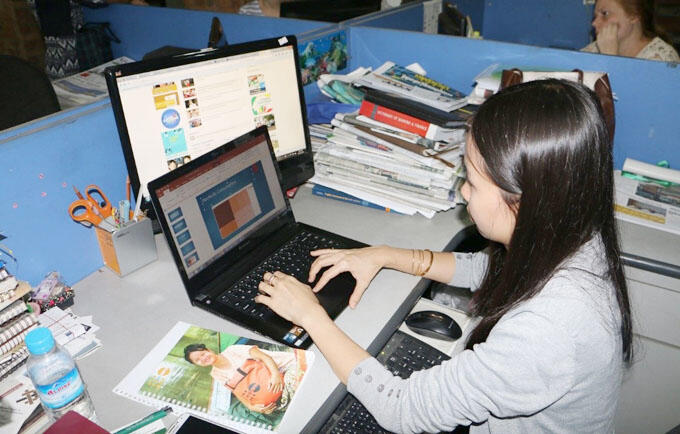Yangon - An excel sheet was displayed on the screen with a plethora of data. Some might feel overwhelmed by the presence of so many figures, but for Ms. Aye Thidar Kyaw it was like a goldmine. She opened another excel sheet; there were more figures. Moments later, her face jubilant, Ms. Aye Thidar Kyaw continued writing her story on electricity supply and consumption across the country. She said: “Finding reliable data has always been a challenge in Myanmar. It has become easier since 2011, and now that the data from the 2014 Census is available, we can access data right down to the township level, it is very helpful. Still, getting data from organizations is a time consuming process, which can extend into days, even weeks.” Unlike before, she was able to obtain, compare and use concrete data when writing her story: “International Financial Corporation ramps up electricity sector support”. She said: “I now feel more confident in gathering data, as well as pinpointing relevant data, thanks to the training”. However, there is still a long way to go before journalists feel confident and comfortable using infographics and graphs to increase the use of data in their articles in a way that is comprehensible for readers.
Ms. Aye Thidar Kyaw, Deputy Business Editor, Myanmar Consolidated Media, attended a training course on data journalism, a joint project initiated by UNFPA, the United Nations Educational, Scientific and Cultural Organization (UNESCO), and the Myanmar Journalism Institute (MJI). The project’s goal was to develop the data research skills of local journalists, so that they can write fact-based articles which are interesting to their readers. Fifteen local media personnel took part in the three week training. Aye Thidar Kyaw said that the training was beneficial: “We practiced not only data research, but also enhancing our presentation skills, and using open sourced software available online. We practiced how to translate data – often a dizzying array of figures – into more eye-catching graphic charts and infographics.”

Peter Verweij, a Netherlands based data journalism consultant, conducted the three week training: “The project was exciting. UNFPA has made a link between the Census and how this can be beneficial for journalism. Changing trends in the country and in the way journalists write will contribute to a different media landscape.” Aye Thidar Kyaw said: “This is the trend for the future. It makes me proud that we are able to participate from the beginning.” Su Myat Wai said: “We will help other journalists learn and practice data journalism. It will become part of MJI’s curriculum. On-going political and economic development will necessitate more in-depth and factual reporting, and we will see many local journalists following this trend in the months to come.”

|

|
|
| Two trainees discuss how to interpret data for their articles during the training |
Ms. Su Myat Wai, a journalist cum trainer, attends the data journalism training |
|




